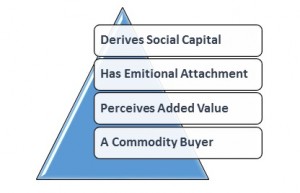We are change and strategy practitioners. We have the privilege of working in many corporate settings and on a wide range of projects. Over time, when you do what we do, patterns start to emerge.
In previous articles we have written about the psychology of program management and the role of optimism and human biases in project failures and delays. We have also explored why strategic plans fail and suggest a number of remedies.
One of the reasons that strategic plans and associated projects stall is a failure to follow thru, a failure to take account of varied, and sometimes diametrically opposed, inputs and pick a way forward. Sometimes this is a change management issue, a failure to inspire and galvanise a team with an achievable plan designed to overcome human and technical hurdles. But surprisingly often, it just comes down to an unwillingness to make a “big bet”. Continue reading

